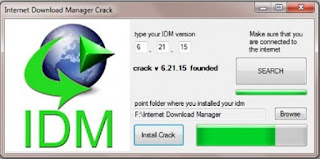Top 5 Programming Languages Created By Woman
Software development industry has a reputation of being a male-dominated world. While women are making a significant impact, their contribution have not been covered extensively in the media. One area where women have made important and lasting contribution is development of programming languages. In fact, the world’s first computer programmer was a woman.
Here are 5 programming languages created by women:
#1. ARC Assembly by Kathleen Booth (1950)
The machine code language was created in the early days of computer programming. This is the time when programs had to be written in machine code in a series of 0s and 1s. Assembly language was developed to make computer programs easier and more reliable. ARC (Automatic Relay Calculator) Assembly programming language was written for ARC computer by Kathleen Booth in 1950. Kathleen created the language when she was working at Birkbeck College in UK.
#2. COBOL by Grace Hopper (1959)
A Rear Admiral in the US Navy, Dr. Grace Hopper wrote the first implemented compiler in the world.
The common business-oriented language (COBOL) was also designed by Grace Hopper along with other members of the Conference on Data Systems Languages Records in 1959. The language was born out of a need by the US government and businesses for data processing programming language. Hopper was working on the UNIVAC system at the time of creating this language.
#3. FORMAC by Jean Sammet (1962)
IBM developed FORTRAN in 1950s for mathematical computation and scientific computing. The company hired Jean Sammet to work on the language. In 1962, Sammet developed an extension of FORTRAN called FORMAC ( FORmula MAnipulation Compiler). The language later became one of the most popular languages for symbolic mathematical computations.
#4. CLU by Barbara Liskov (1974)
The invention of CLU was an evolutionary step towards object-oriented programming languages. The development of CLU was led by Barbara Liskov at MIT. Liskov was the first woman in the US to be awarded PhD in computer science. She later introduced concepts like abstract data types, iterators, and parallel assignment. Even though the language lacked key OO features, it influenced well-known modern languages like Java, Python, and C++.
#5. BBC BASIC by Sophie Wilson (1981)
BBC BASIC was the first programming language created for television programming. In 1981, the BBC wanted to air a program called The Computer Literacy Project to teach people about programming. The language was specifically created for the program. Sophie Wilson, a computer scientist wrote a new version of BASIC for BBC in under 16KB. The language included procedures, functions and IF-THEN-ELSE structure.











No comments:
Post a Comment